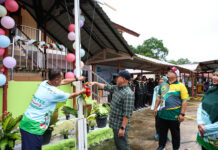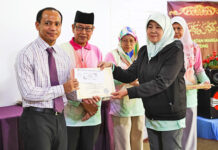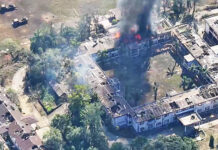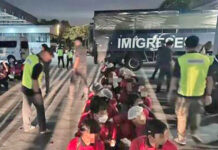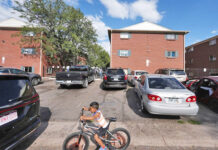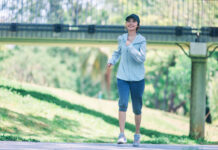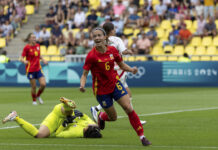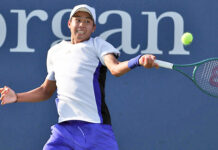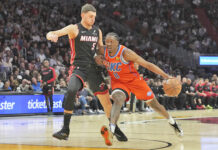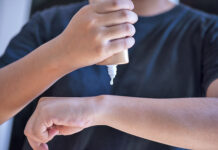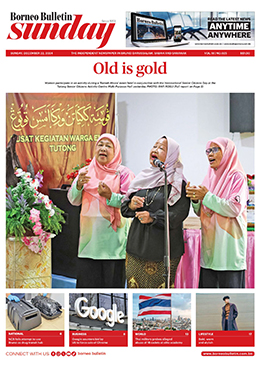BERNAMA/DPA – Playgrounds showcase two types of parenting extremes. On one end, there are parents so absorbed in their smartphones that they barely notice when their kids snatch toys or push others on the climbing frame. On the other, you have parents who hover over their children, following every step and keeping a constant hand on them during play.
Most parents fall somewhere in between, but experts suggest that overprotective parenting has increased in recent years, possibly impacting children’s physical activity levels and health.
A recent study involving 645 Australian parents of primary-school-age children found that 78 per cent had a low tolerance for risky play, such as climbing trees. These children were less likely to engage in adventurous play and often failed to meet daily physical activity recommendations, according to the study published in the Psychology of Sport and Exercise journal.
Under World Health Organization (WHO) guidelines, children and adolescents aged five to 17 should do at least an average of 60 minutes per day of moderate-to-vigourous intensity physical activity – mostly aerobic – across the week.
Few in Germany do, said spokesman for the Professional Association of Paediatricians (BVKJ) Jakob Maske. “For most children, it’s not even 30 minutes per day,” he said, blaming their lifestyle – and partly their parents, who “chauffeur them around, an attitude towards exercise that rubs off on the children”.
Many parents drive their kids to school, football training or music lessons not only for the sake of convenience, but also out of worry that something bad could happen to them if they didn’t.
Some primary schoolchildren already even carry a smartphone or wear a smartwatch so that their parents can always reach them or know where they are thanks to geolocation services.
Wanting to shield their children from all dangers and negative experiences, these overprotective, “helicopter” parents hover over them, as it were, by constantly monitoring them and overseeing their lives.

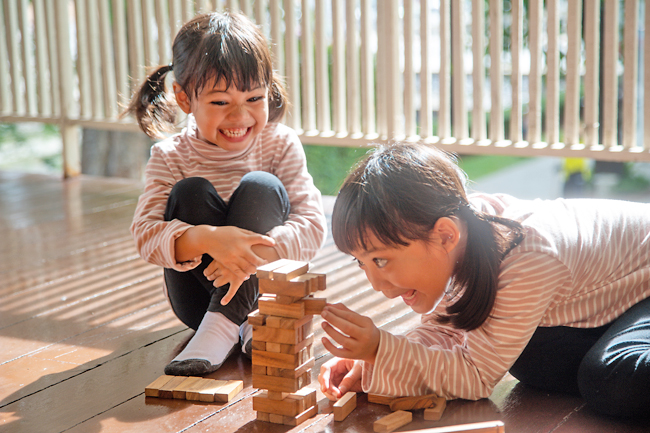
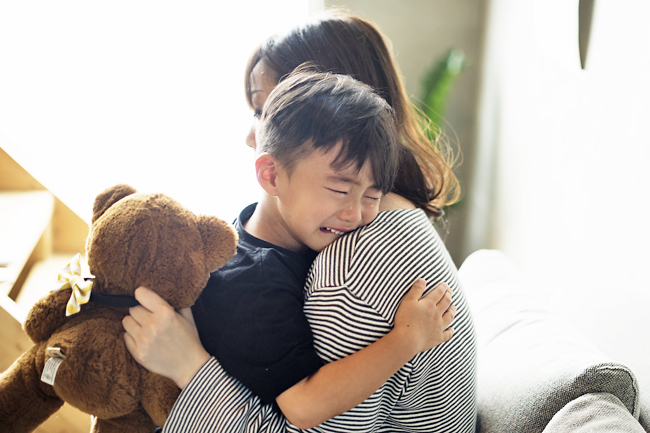

HOVER OVER KIDS
“We no longer live in times when parents raised their children with their eyes shut, so to speak, five or six at once,” said play and exercise expert for the German Children’s Fund Claudia Neumann. “Today’s parents often have a single child, whom they dote on and want to do everything right for.”
While she said this development has a positive side, as it puts special value on childhood, “in some areas it goes too far”.
And so on playgrounds you can see parents who won’t let their kids play in the bushes for fear of tick bites, or who come running as soon as the child gets too high on a climbing frame for their peace of mind. This, in Neumann’s view, is wrong.
“Parents should allow what their children feel capable of doing. They should keep an eye on them at first, certainly, but not forever stand by to serve as their safety net.”
What if they get hurt? Bumps, bruises, bloody noses and scraped knees are part of childhood, said Neumann, adding, “You only learn how to fall by falling.” Children have to learn the hard way how high they can climb, how fast they can run, and how to roll to break a fall.
“Accidents naturally happen on playgrounds,” said Maske. “But the most serious accidents happen in and around the home” – where kids are supposedly safe. They can fall from a bunk bed or unattended ladder, for example, he pointed out. Or be burned in the kitchen or at an outdoor grill, or poisoned by cleaning agents.
PARENTS AS RISK FACTOR
Data gathered from 2009 to 2012 for the KiGGS study on the health of children in adolescents in Germany (by the Robert Koch Institute, the country’s public health agency) showed that 34.8 per cent of all accidents occurred at home or in a private setting, 24.2 per cent at school or a child care facility, and 17.4 per cent on a playground or during sport.
Parents themselves can be a risk factor on playgrounds, for instance if they lift a young child onto a climbing frame that the child can’t climb on their own. Or if they go down a slide with a child on their lap.
The latter can increase the risk of a broken leg. A study by University of Iowa researchers, published in 2018 in the journal Injury Epidemiology, analysed nearly 12,700 playground slide-related injuries to young children from 2002 to 2015 and found that those under three were 12 times more likely to be sitting on another person’s lap at the time.
A child’s foot can catch on the slide when going down on someone’s lap, twist and bend backwards, the researchers wrote. Catching their foot while sliding alone is unlikely to result in a severe leg injury – due to the relatively low forces involved. The forward momentum generated by an adult is much greater though.
In the view of deputy spokeswoman for the DGUV (German Social Accident Insurance) Elke Biesel, the umbrella association of the accident insurance institutions for Germany’s industrial and public sectors, a key component of child safety is teaching them risk competence.
“In order to learn safe behaviour, children must learn how to handle risks. There’s no safety without risks,” she said, arguing that this competence should be part of their educational training and not lead to acceptability of injuries.
Constantly looking after and watching over your children only “makes them fearful and insecure” – and can also end up in them completely relying on you, said Neumann. “Then they don’t watch out for themselves very well and may even be unable to find their way home on their own.”
Maske has a positive observation. Overprotective parents tend to be well educated, he said.
“They’re parents who read a lot on the Internet and books” and are unsettled by horror stories of injured children and by all manner of how-to literature. But “they usually come round”.

